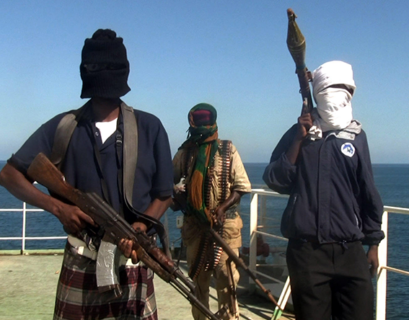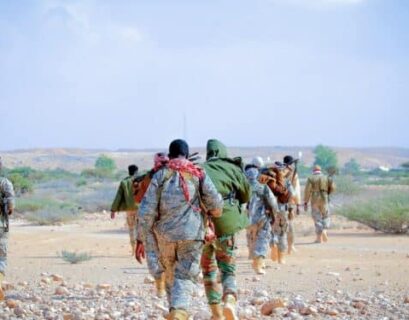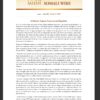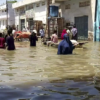The threat posed by the Islamic State (IS) in Somalia has become a focal point for U.S. counterterrorism efforts. The increasing presence and activities of IS-Somalia, the terror group’s regional affiliate, have alarmed U.S. officials. Recent intelligence indicates that IS-Somalia has evolved from a crucial component of IS’s global financial network to potentially hosting the group’s top leader. This development highlights a strategic shift by IS, which sees Africa as a fertile ground for expansion due to its permissive environment.

A senior U.S. defense official noted, “Top IS leaders view Africa as a place where they should invest, where they are more permissive and able to operate better and more freely, and they want to expand.” This perspective highlights the strategic importance IS places on Somalia and the broader African continent. The presence of the IS emir, Abu Hafs al-Hashemi al-Qurashi, in Somalia, though based on rumors, has fueled concerns about the region’s stability.
The U.S. has responded with increased military actions, including a targeted airstrike in late May aimed at IS-Somalia leader Abdulqadir Mumin. While initial assessments suggested the strike killed three IS militants, Mumin’s fate remains uncertain. Regardless, U.S. officials emphasize the necessity of maintaining pressure on IS-Somalia to mitigate the terror threat. John Kirby, White House national security communications adviser, stated, “It’s clear that the threat is still real, and we have to still go after it.”
However, skepticism persists among counterterrorism experts about IS’s strategy and capabilities in Somalia. Edmund Fitton-Brown, a former senior United Nations counterterrorism official, pointed out the inherent racism within IS, questioning the likelihood of an African caliph. Moreover, logistical challenges and the constant threat of U.S. counterterrorism operations in Somalia raise doubts about the practicality of IS sending its top leader to the region.
Despite its relatively small size, estimated at 100 to 400 fighters, IS-Somalia has become a vital part of IS’s global logistics network. The United Nations has identified Somalia as the base for al-Karrar, a key financial hub facilitating the movement of money and resources. Reports indicate that IS-Somalia has been channeling funds to support IS affiliates in Afghanistan, Mozambique, and the Democratic Republic of Congo. This financial nexus enhances IS-Somalia’s significance within the broader terror network.
While the U.S. intensifies its efforts to counter IS-Somalia, the Somali government’s ineffectiveness in addressing the threat cannot be overlooked. Somalia’s fragmented political landscape and weak central authority have created a conducive environment for terrorist activities. The semi-autonomous Puntland region, where IS-Somalia operates, exemplifies the challenges of governance and security in the country. Corruption, lack of coordination among security forces, and insufficient resources further undermine efforts to combat terrorism effectively.
The Somali government’s inability to assert control and provide security has allowed IS-Somalia to entrench itself. The influx of fighters and operatives from Yemen highlights the porous borders and inadequate surveillance mechanisms. This failure not only jeopardizes Somalia’s stability but also poses a regional and global security threat. The government’s dependence on international military support, without addressing underlying governance issues, limits the long-term effectiveness of counterterrorism strategies.














tWQPYqhjukGaZMJ
WkzpVNJX